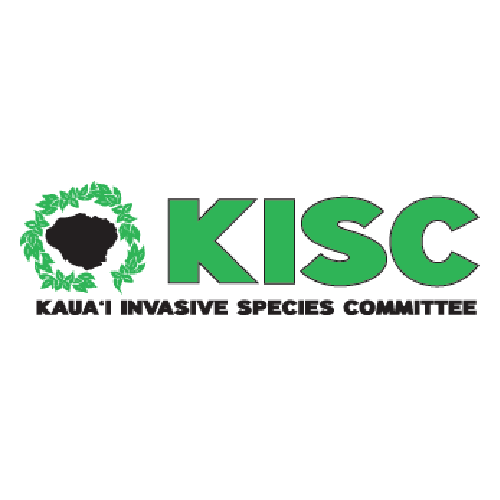Family: Araceae
Anthurium hookeri (bird’s-nest anthurium) is a clump-forming tropical aroid native to northern South America and the Caribbean. It grows as an epiphyte or terrestrial understory plant in humid, shaded forests and is widely cultivated as an ornamental for its large, attractive, rosette-forming leaves. In cultivation, it thrives under shade and moisture, and flowers can be removed without harming the plant. Its fruit consists of small berries, but the plant is generally propagated by clump division rather than seeds.
Anthurium hookeri is not considered invasive or weedy. It reproduces slowly, does not readily spread through fragmentation, and is unlikely to be dispersed unintentionally by humans, or contaminated produce, but may be dispersed by birds or other frugivorous animals. The species is unpalatable to grazing animals due to calcium oxalate crystals in its leaves and stems, and it is highly sensitive to fire and severe disturbance. While it tolerates careful pruning of dead or damaged leaves, removal of healthy foliage can weaken the plant. Overall, A. hookeri remains a low-risk, attractive ornamental that does not pose a threat to natural ecosystems.
High Risk Traits:
- Climate Match: Suited to tropical/subtropical climates.
- Human Dispersal: Repeatedly introduced as an ornamental.
- Toxicity: Toxic to humans and animals, reducing herbivory.
- Shade Tolerant: Can establish in forest understories.
- Frugivore-Dispersed: Berries are adapted for spread by birds or other frugivorous animals
Low Risk Traits:
- Not a Weed: Not naturalized, and no history of invasiveness.
- Slow Reproduction: Long time to maturity, low seed production, no seed bank.
- No Hybridization: Does not hybridize naturally.
- No Vegetative Spread: Cannot reproduce from fragments.
- Habitat Specific: Requires humid, shady forests and specific soils.
- Not Allelopathic or a Fire Hazard.




